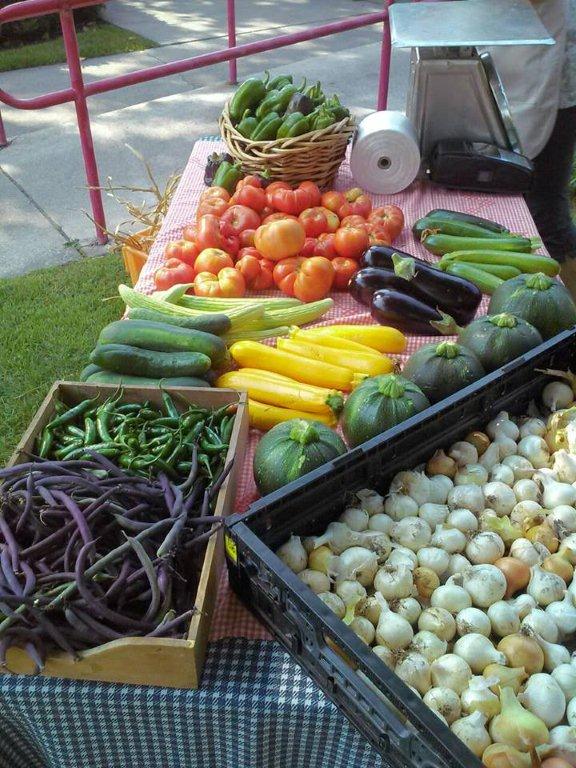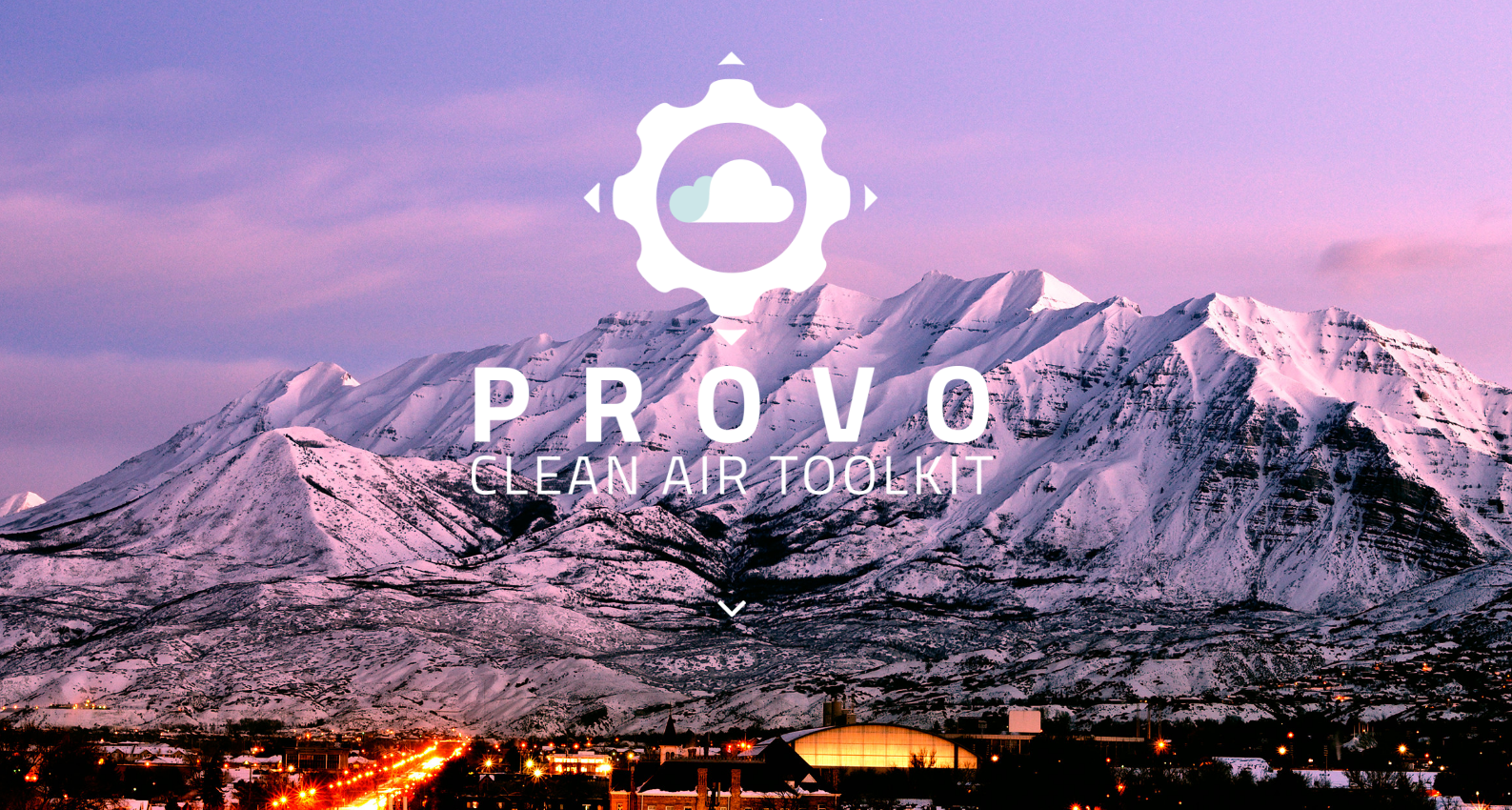Simple behavior changes can save a lot of energy. In fact implementing a few energy efficiency measures can have a measurable impact on your carbon footprint. VCBO Architecture shows us what they did at their workplace in our latest blog collaboration with SLC’s Department of Economic Development!
Category Archives: 2016
“Leave your Leaves!” This Fall, try mulching your leaves at home
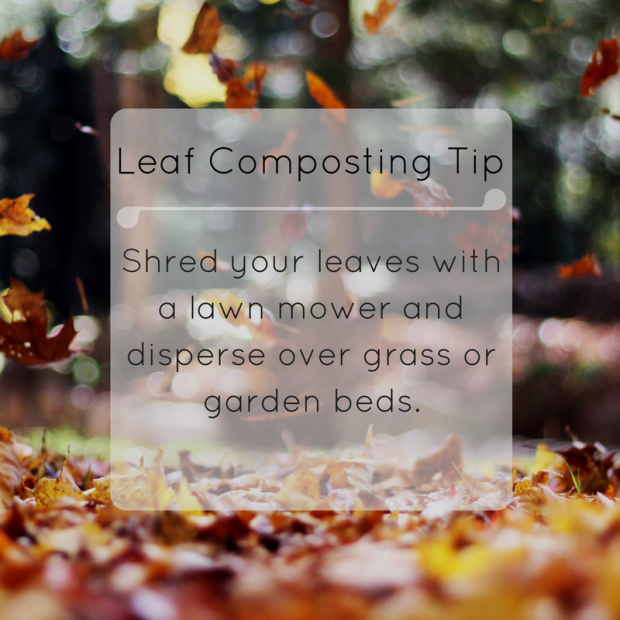
In the fall, when autumn brings a chill to the air, and Salt Lake’s oaks and elms and other deciduous trees drop their leaves, many of us turn on the blowers, haul out the rakes, and get ready for some serious work.
But—have you considered an alternative? Using some or all of your leaves to mulch your yard or garden? Continue reading
Nerdy Energy Science Saves SLC Money and Pollution
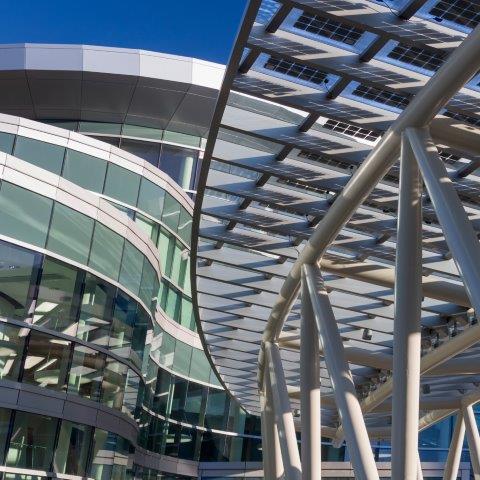
Salt Lake City’s Public Safety Building is the first Net Zero facility of its kind in the country. Even so, energy benchmarking and tune-ups helped us realize even more dollar and emissions savings.
Did you know that our buildings, homes, and small businesses contribute over a third of the pollution that obscures the valley during the winter?
Also known as “area sources,” this sector is the second-largest source of emissions and is forecasted to become the largest one in the coming years (as cars continually get cleaner due to federal regulations).
This is why everything we can do to reduce emissions from our homes and buildings can make a difference to our environment and public health. It’s also why the City is focused on educating residents and businesses about the crucial role of efficiency to our airshed and to our carbon footprint. To this end, we provide guides for home improvements, including details on thermostat controls, home insulation and efficient appliances to help move residential buildings toward a cleaner energy future.
Our skyline’s largest buildings also have a role to play. While there is no “silver bullet” for wiping away all of Salt Lake City’s air pollution problems, the city’s commercial buildings can help simply by measuring their energy usage and making efficiency improvements where feasible. Continue reading
Salt Lake City Seeking Sustainable Farmers
Salt Lake City has a unique opportunity to help maintain Salt Lake City’s agricultural heritage. We are currently seeking applications from farmers to grow fruits and vegetables on over 1.5 acres of City owned land adjacent to the Sorenson Unity Center at 1333 South 800 West and south of the Cannon Greens Community Garden.
The goal is to have a farm in operation this growing season.
The farmer selected to grow produce on the land must use sustainable methods, including drip irrigation. Toxic chemicals, chemical pesticides, herbicides, and synthetic fertilizer use are not allowed.
In addition to selling as much produce as possible at local Salt Lake City markets, stores, or restaurants, the farm will also have a farm stand that accepts Food Stamp EBT (electronic benefit transfer). Continue reading
Salt Lake City’s 2017 Building Energy Efficiency Challenge Kicks Off
 Salt Lake City and Salt Lake Chamber partner on the Third Annual Skyline Challenge to accelerate commercial building energy efficiency
Salt Lake City and Salt Lake Chamber partner on the Third Annual Skyline Challenge to accelerate commercial building energy efficiency
As part of her mission to improve air quality, reduce carbon emissions, and form strong partnerships with the business community, Mayor Jackie Biskupski is pleased to launch the Third Annual Skyline Challenge—this year with the Salt Lake Chamber joining the roster of partners.
The annual Skyline Challenge is a voluntary program to accelerate investment in energy efficiency from large commercial buildings and raise public awareness of building energy performance while creating jobs and fostering a stronger local economy.
Launch of Local Food Microgrant Fund
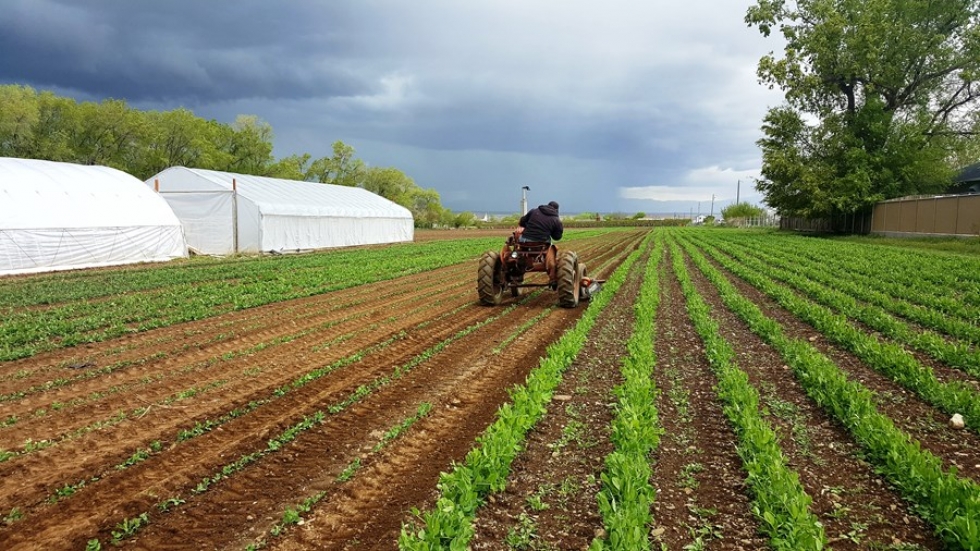
Salt Lake City is proud to unveil a new grant program, offering $85,000 to spur local sustainable farming efforts.
Because just 3 percent of the fruits and 2 percent of the vegetables consumed by residents are grown in Utah, this program aims to support a more resilient local food system.
In partnership with Urban Food Connections of Utah—the non-profit affiliated with the Downtown Alliance– we’ll be granting money to farmers who want to expand their operations with sustainability in mind. Continue reading
Provo City Launches Provo Clean Air Toolkit
As we’ve discussed previously, we think cities are hotbeds of sustainability solutions.
Here’s another example from our friends to the south: Provo’s Clean Air Toolkit.
In 2014, Provo was awarded a grant by Utah Clean Air Partnership (UCAIR) to pursue this project. The toolkit’s goal is to present local residents and businesses with a centralized list of strategies they can use to achieve cleaner air in Utah County, and to make clean air the common goal of Provo City’s strategic planning and operations.
You can check it out at www.provocleanair.org. As you’ll see, it offers a comprehensive guide for individuals, businesses, and municipalities to use to reduce air pollutants, as well as helpful statistics and infographics detailing projections for air quality over the next few decades.
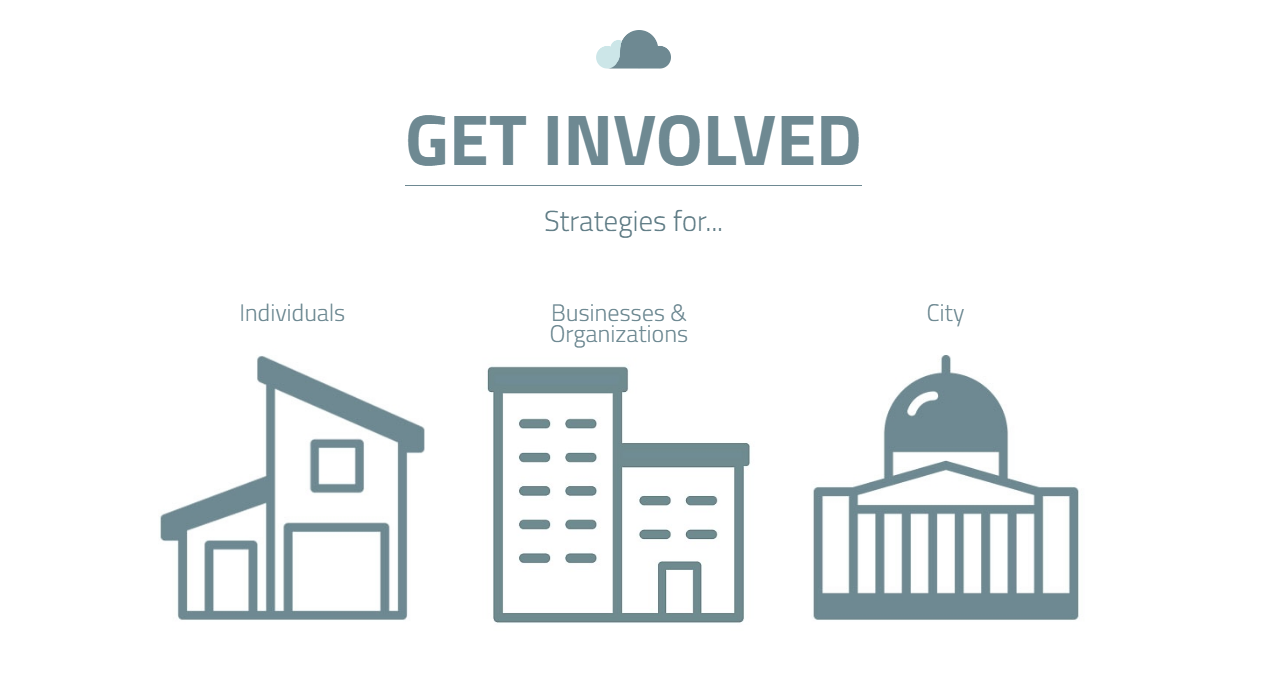
U Drive Program Puts 127 New Electric Vehicles on the Road
You may remember how excited we were to collaborate with Utah Clean Energy and the University of Utah on the second round of U Drive Electric this fall.
The goal: Get more EV’s on the road to promote cleaner air.
The how: By spreading the word about the limited-time bulk discounts available through the University of Utah’s innovative program.
Over the course of September and October, we worked with the U. and Utah Clean Energy to speak with hundreds of people about what “going electric” really means– including how cost-effective owning an electric vehicle is.
Now that this round has wrapped up, we’re excited to announce that 127 electric vehicles were purchased through U Drive Electric II!
When combined with Round I there are now over 200 new electric vehicles on the road thanks to U Drive Electric. These new EV owners have taken an important step towards improving air quality along the Wasatch Front.
- Electric vehicles produce up to 99% less of the criteria air pollutants that cause bad air quality. With winter inversion season upon us it’s easy to see the importance of driving electric.
- Furthermore, the EVs purchased through U Drive Electric will significantly reduce green house gas emissions. The carbon dioxide avoided over the next five years is equivalent to not burning nearly 2 million pounds of coal, or 200,000 gallons of gasoline.
- Put another way, this is like switching 63,000 incandescent bulbs to LEDs, or the equivalent amount of carbon sequestered by 1,700 acres of forest in one year.

Testimonials from U Drive Electric participants can be found at utahev.org
I’m Dreaming of a Green Christmas…
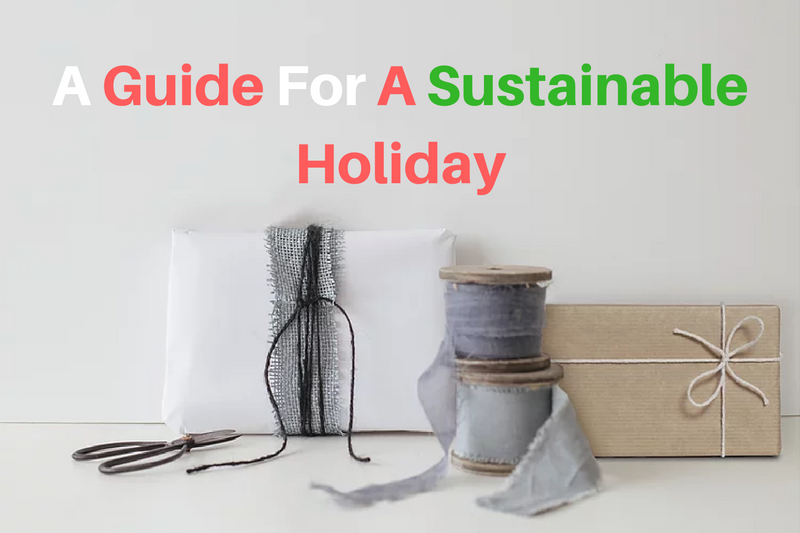
by Tera Clausen, SLCgreen intern
At this time of year, we reflect on what we are grateful for, show more compassion and generosity to others, and we get into the spirit of giving. Unfortunately, we sometimes get wrapped up in all the stuff that symbolizes the spirit of the season rather than embracing the holiday spirit itself.
Did you know that Americans throw out 25% more waste between Thanksgiving and New Years than they do the rest of the year? This waste comes from things such as excessive gift giving, wrapping, packaging, and decor. Perhaps you’re wondering how you can reduce your holiday waste without being a total Grinch. Never fear, SLC Green has compiled a list of different ways you can make your holiday season greener without turning into a Scrooge.
The Sustainability Department is Hiring!
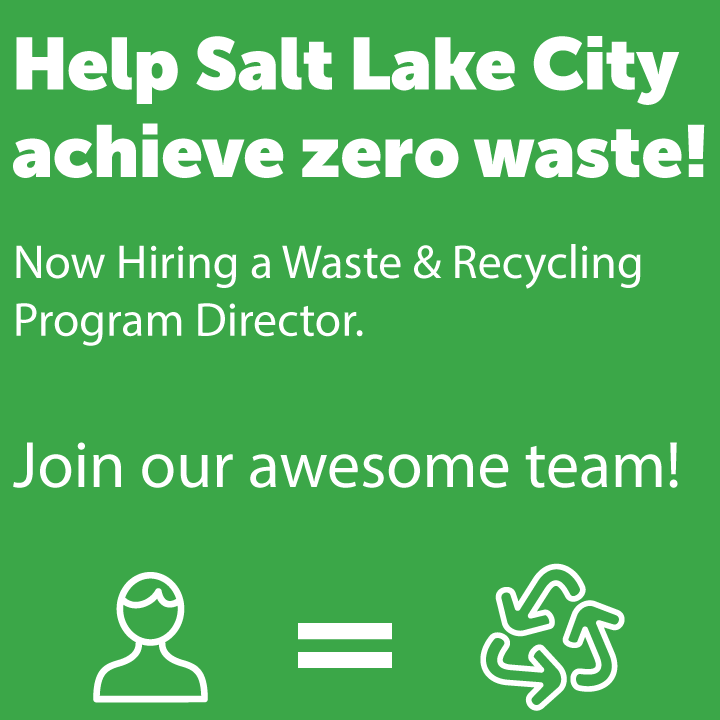
Are you passionate about recycling and helping Salt Lake City divert as much waste from the landfill as possible? Do you have management experience?
The Salt Lake City Sustainability Department is hiring a Program Director to head up our Waste & Recycling Division (formerly known as the Sanitation Division).
This position reports directly to the Sustainability Department Director, Vicki Bennett.
We are looking for candidates with operational experience and a broad vision to improve waste diversion including business and residential recycling, hard-to-recycle waste, recycling markets and green waste composting. Continue reading

